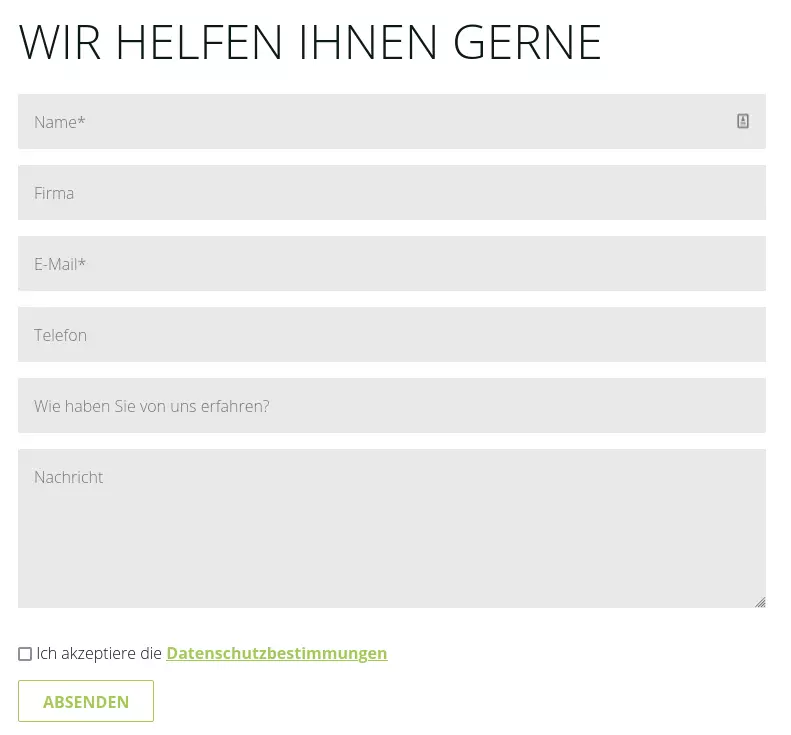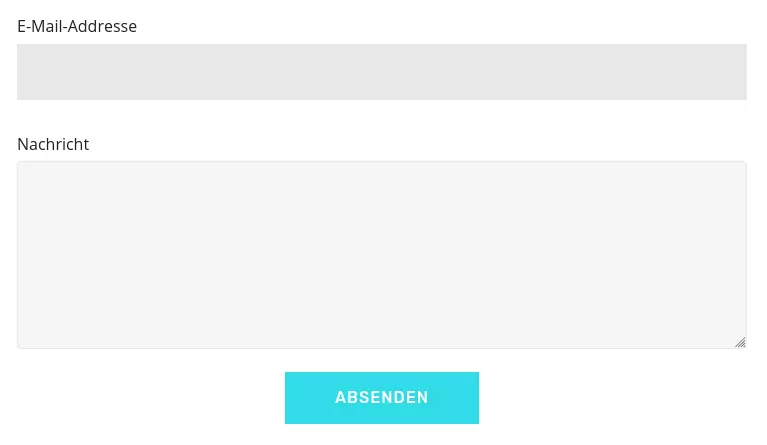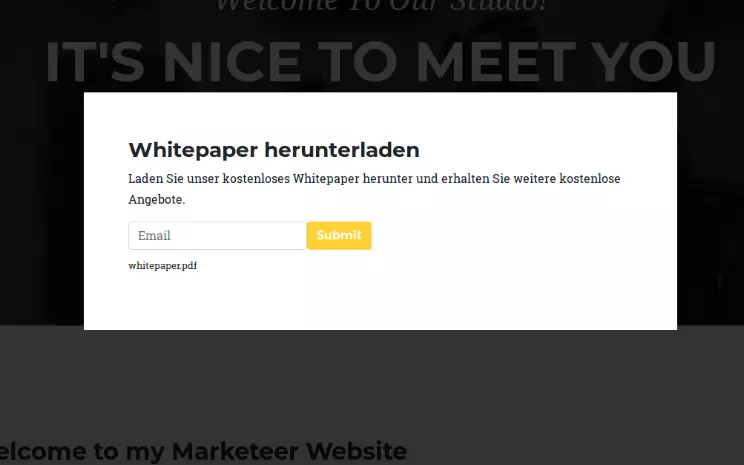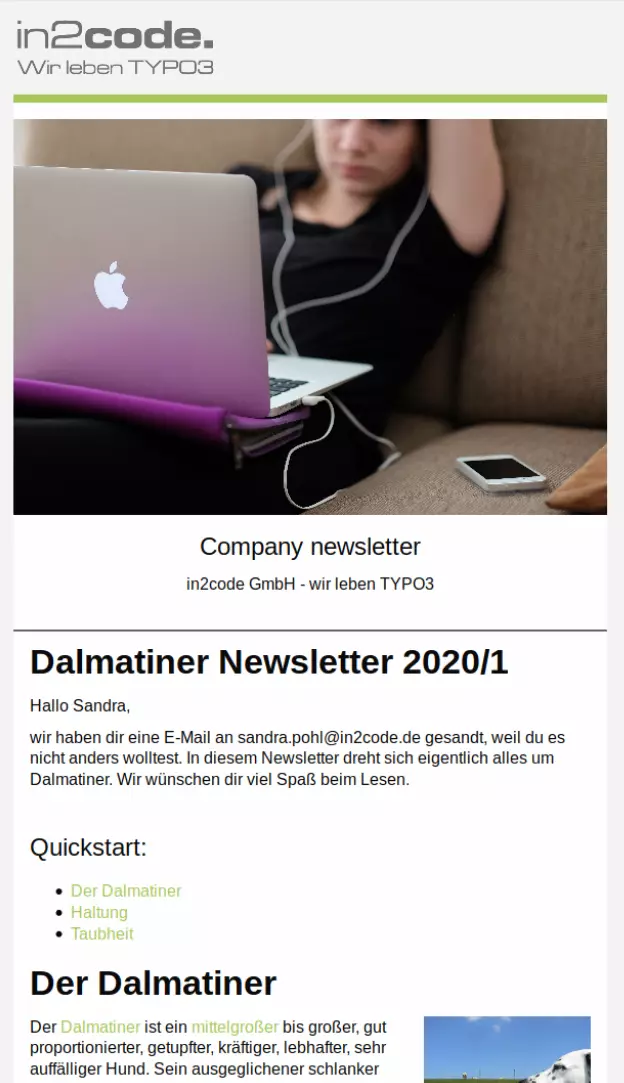By identification, we mean that we know exactly who is looking at our website - so we know the lead.
Let's take a closer look at the characteristics of a lead - which one can I use to identify a visitor? For example, the first name would of course not be a good quality because it is not unique. Marketing automation tools typically use the email address as a unique characteristic of the visitor. LUX doesn't do it any differently.
And we love email addresses! These are the reasons for it:
- An email can be used to identify a lead and
- View the first name as part of the e-mail address (especially in b2b)
- View the surname as part of the email address (especially applies to b2b)
- View the company as part of the e-mail address (especially applies to b2b)
- We see the company's domain (b2b) - further interesting information can be found here
- And finally, we have a contact option for manual or automatic e-mails and newsletters
So if email addresses are great and therefore we want to collect the emails from our unknown leads - how can we do that? I try to show you the answer below.









